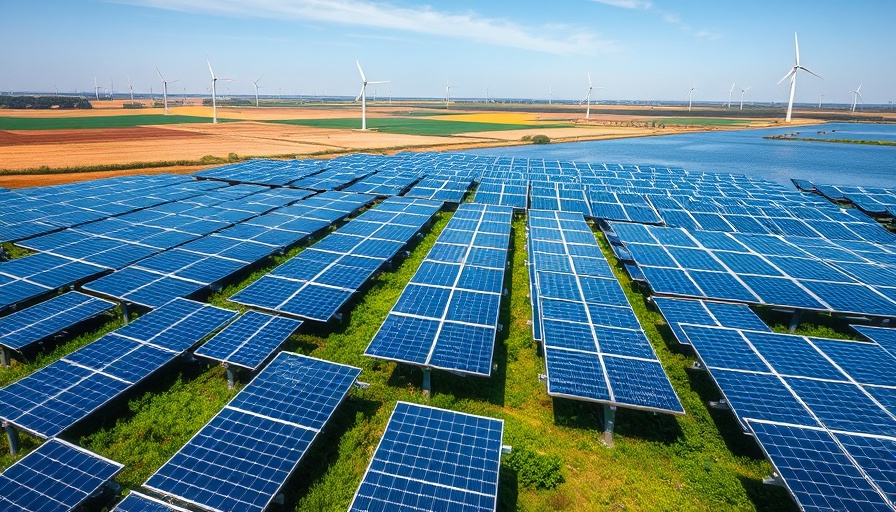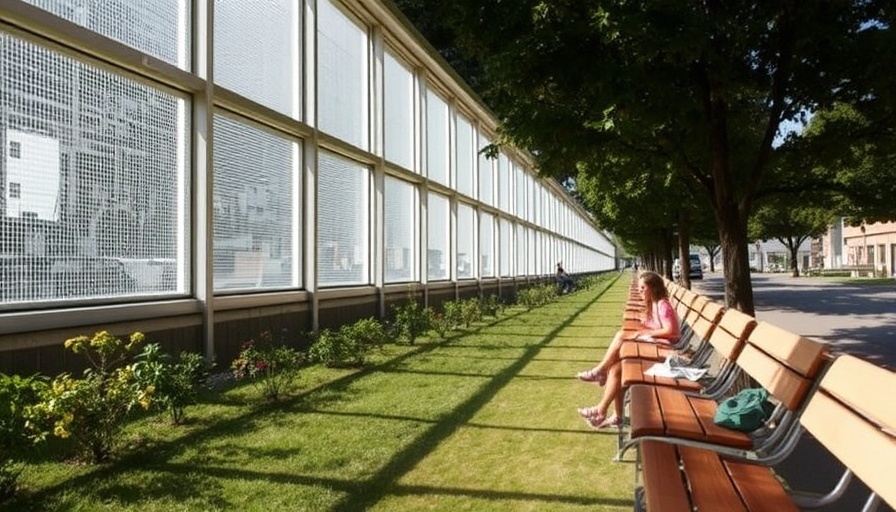
Global Investment in Clean Energy: A Turning Point
As we look toward the future of global energy, the International Energy Agency (IEA) reveals that investment will reach a record $3.3 trillion by 2025, largely driven by the surge in clean technologies. This ambitious financial forecast highlights the growing significance of sustainable practices in the energy sector. With $2.2 trillion earmarked specifically for clean energy technologies, the momentum is shifting significantly from traditional fossil fuels.
The Rise of Clean Energy Investments
In a fascinating shift, investments in clean energy are projected to double those in fossil fuels, signifying an important transition in how we approach energy consumption. Solar power, for instance, is leading the charge, attracting the highest investment levels among various technologies. The IEA’s Executive Director, Fatih Birol, emphasizes that despite the economic uncertainties looming due to geopolitical tensions, energy security remains a crucial factor driving this investment boom.
China's Dominance in Energy Investment
China is particularly noteworthy in this landscape, outpacing all other nations in energy expenditure. Today, China accounts for twice the energy investment of the European Union, reflecting its commitment to go green. The nation’s clean energy investments have risen from one-quarter to nearly a third of global spending over the past decade. This is fueled by advancements in solar, wind, hydropower, and electric vehicles (EVs), showcasing a comprehensive and forward-thinking approach to sustainable energy solutions.
Electricity: The New Frontier
The data suggests we are on the brink of what the IEA terms a new “Age of Electricity.” Historically, fossil fuel investments surpassed those in electricity generation and related infrastructure. However, projections indicate that electricity investments will not only equal but surpass investments in oil, natural gas, and coal—a paradigm shift with remarkable implications for the future of energy and climate initiatives. This highlights the increasing importance of electrification as a component of energy strategies.
The Broader Implications for Homebuyers and Investors
For homebuyers, sellers, and property investors in places like Dumfries, these trends present unique opportunities. With the housing market pivoting towards sustainability, homes equipped with clean energy solutions—such as solar panels or energy-efficient appliances—are becoming increasingly desirable. These investments not only lower utility costs but can also enhance property values. Those entering the real estate market should seek properties that align with this green wave, ensuring long-term viability and value.
Actionable Insights for Eco-Conscious Living
As an environmentally-conscious buyer, consider what you can do to participate in this energy evolution:
- Invest in Sustainable Features: Look for homes that incorporate eco-friendly technologies or energy-efficient designs.
- Understand Local Incentives: Many areas offer tax benefits for integrating renewable technologies into homes. Research what might be available in the Dumfries area.
- Engage with Professionals: Work with real estate agents knowledgeable about sustainable properties to find the perfect fit.
Conclusion: The Future is Bright
The anticipated record investment in clean technologies is not just a number; it represents a commitment to a sustainable future. As you navigate the real estate market, understanding these energy trends can empower you to make decisions that align with your values and financial aspirations. In the quest for attractive housing options, don’t overlook the immense value in sustainable living practices—embracing these can only enhance your home journey.
Consider this a call to action: explore sustainable properties and leverage the clean energy trend to secure your investment’s future.
 Add Row
Add Row  Add
Add 





Write A Comment